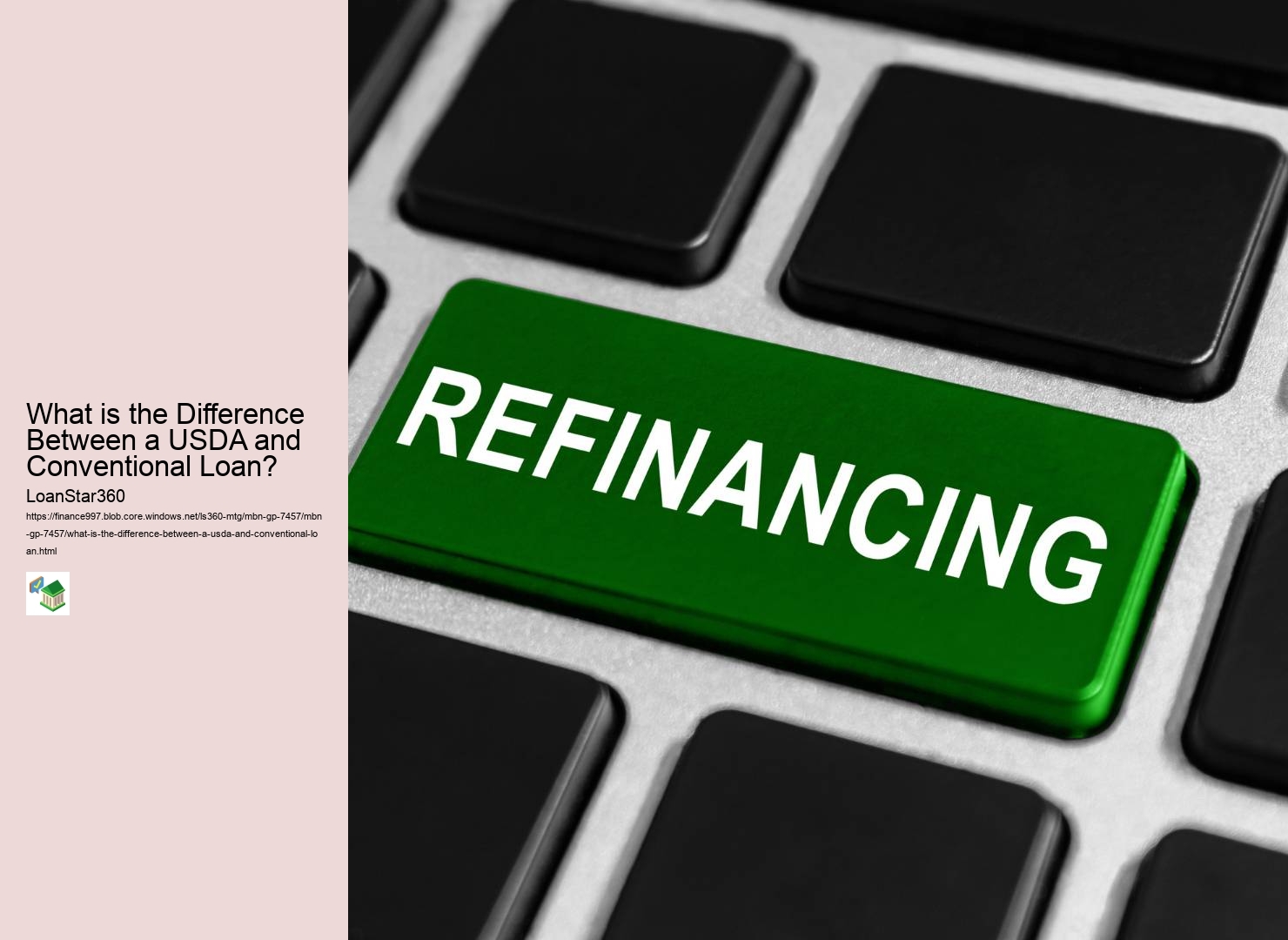USDA and Conventional loans are two of the most common types of mortgages. It can be confusing to try to figure out which one is right for you, so let's take a closer look at their differences! (Firstly,) USDA loans are backed by the U.S. Department of Agriculture, and they usually offer lower interest rates than conventional loans. They also have less stringent credit requirements, making them an attractive option for those with less-than-perfect credit histories. Furthermore, they don't require a down payment and may even include closing costs in the loan amount! On the other hand, conventional loans are not government-backed but rather provided through private lenders. These typically require a higher credit score and a larger down payment than USDA loans; however, they often offer more competitive interest rates. Additionally, some lenders may allow you to roll closing costs into your loan if you qualify.
What is a USDA Loan and How Can it Help You Refinance? Refinance with a USDA Loan to make use of the reduced interest rates and also government-backed car loan options that can profit your homeownership goals.. In summary, USDA and Conventional Loans both have unique advantages that should be weighed when considering your options. While USDA Loans offer lenient requirements and no down payments (which can be beneficial for those who don't have great credit), Conventional Loans may provide lower interest rates and more flexibility when it comes to closing costs. Ultimately, it's up to each individual borrower to decide which type of mortgage best suits their needs! In conclusion, there is no one-size-fits-all answer - only careful consideration of all available options will help determine what works best for each person's circumstances!
What are the Requirements to Qualify for a USDA Loan Refinance?
